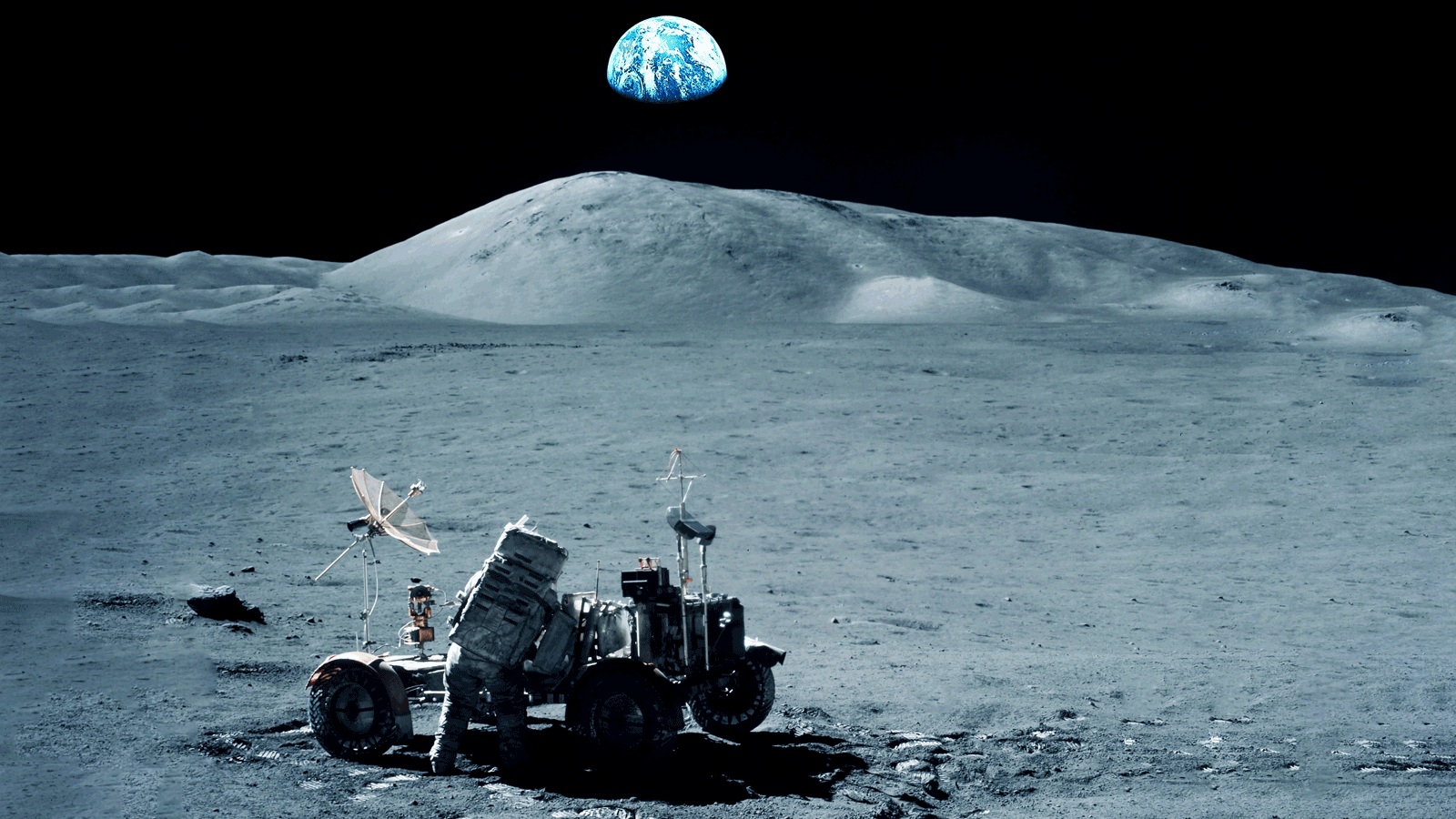
Jack Loughran Fri 4 Oct 2024
Collected at: https://eandt.theiet.org/2024/10/04/emergency-distress-signal-system-ensure-astronaut-safety-moon
Scientists are designing a communication system for the Moon that will allow future astronauts to send emergency distress signals and geolocate their positions.
The project, which is led by the University of South Australia (UniSA), proposes building a satellite constellation based on the COSPAS-SARSAT technology already used for search and rescue on Earth, but adapted for lunar conditions.
With its Artemis program, Nasa is aiming to establish a long-term human presence on the Moon. This could leave astronauts exposed to high-risk situations in remote areas such as the lunar south pole.
Dr Mark Rice, a UniSA researcher, says the distress system could allow continuous communication with astronauts for up to 10 hours, even in the most challenging terrain, such as craters or mountains.
“Our team has also developed a waveform that supports low-power emergency beacons, ensuring that communication remains possible with minimal infrastructure and energy consumption,” he said.
“This innovation is a critical advancement for space exploration. As humans venture further into space, the ability to quickly locate and rescue individuals in distress is vital.
“By creating a robust search and rescue system for the Moon, this research sets the foundation for similar systems on other planets, potentially revolutionising how we approach human safety in space exploration.”
The technology – called Beagle – has been described as a “game changer” for two-way emergency communications when applied to Earth-based search and rescue operations. The researchers believe it would significantly enhance emergency response efforts in remote and hazardous locations, which could help to save lives.
Earlier this year, Nasa lit a beacon on the Moon for 30 minutes as part of a test for a positioning system designed to make it safer for future astronauts to establish a permanent human presence on the lunar surface.
The autonomous navigation system is intended to provide a real-time communications network on the Moon that could link orbiters, landers and even astronauts on the surface. It could also be used as a location tool, allowing explorers to gauge their position relative to other networked spacecraft, ground stations or rovers on the move.

Leave a Reply